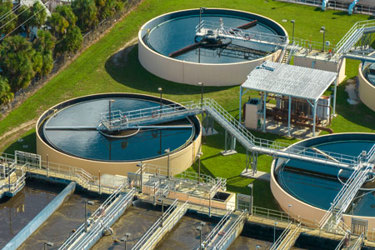How To Leverage Online Sensors And Advanced Analytics For Wastewater Treatment Control And Efficiency
By David Fraley, Process & Utility Segment Manager, Xylem

Water quality monitoring in wastewater treatment has evolved significantly over the years, driven by the need to protect public health, ensure environmental sustainability, and comply with stringent regulations. For decades, water quality monitoring was performed using grab samples that were tested in a laboratory or handheld meters for spot sampling. While lab testing and spot sampling are still done today, many wastewater treatment plants (WWTPs) use online sensors to track a range of water quality parameters for improved process control.
As populations grow, wastewater composition becomes more challenging and regulations become increasingly strict, WWTPs are often scrambling to gain tighter control over their treatment processes. To do this, many are turning to real-time water quality sensors. Combined with advanced analytics, these technologies are proving to be powerful tools to address these challenges and optimize efficiencies in treatment operations. Moreover, with the addition of predictive modeling, WWTPs can quickly analyze substantial amounts of treatment data, allowing operators to proactively address issues rather than react to them.
Get unlimited access to:
Enter your credentials below to log in. Not yet a member of Water Online? Subscribe today.
